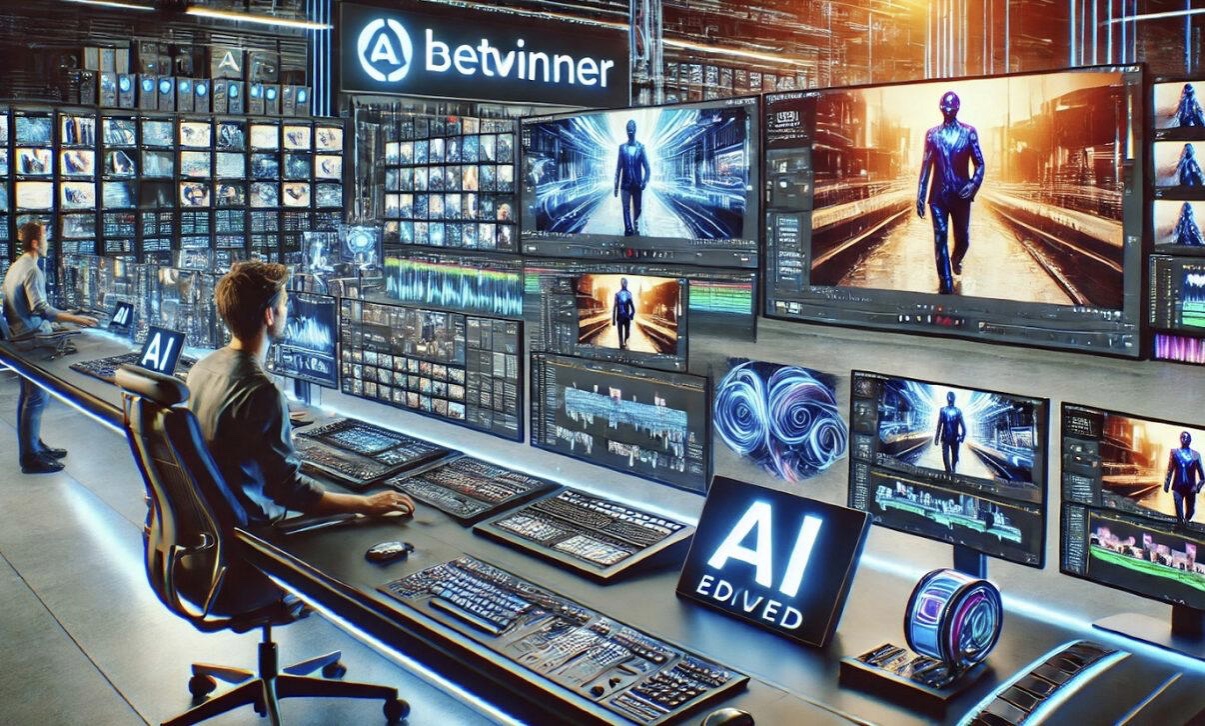“Cut! Let’s run it again, but this time—more real.” A phrase shouted on soundstages coast to coast, from the neon grit of Toronto to the fog-lit sets in Vancouver. But here’s the twist: the next rewrite? It might not come from a writer at all. Welcome to the reshaping of Canadian cinema—where artificial intelligence isn’t just backstage. It’s grabbing the pen.
From Typewriters to Algorithms: A Cold Open
Scriptwriting in Canada has long been a terrain of emotion, nuance, and carefully tuned cultural rhythm. Think of Sarah Polley’s Stories We Tell or Denis Villeneuve’s early French-language works—each beat deliberate, rooted, human. But what happens when those beats are scanned, tagged, and remixed by machine learning models that can analyze a decade’s worth of CBC dramas in under five minutes?
AI script generators and development tools, once fringe curiosities, now sit embedded in the creative suites of indie studios and major production houses alike. According to Telefilm Canada’s Emerging Technologies Report (2024), 34% of Canadian filmmakers surveyed reported experimenting with AI in the development phase of their last project. That number was 12% in 2022. The curve? Steep.
Creative Collaboration or Algorithmic Assembly?
AI isn’t writing the whole screenplay. Not yet. But tools like Sudowrite, ScriptBook, and even proprietary models trained on Canadian scripts are being used for ideation, pacing adjustments, and demographic targeting. You feed it a draft; it feeds back suggestions. Sometimes genius. Sometimes jarring.
Here’s how it often works: a writer pens Act I, uploads it, and an AI proposes three possible Act IIs—one “safe,” one “experimental,” and one optimized for 18-34-year-old viewers in Quebec and Alberta. That’s not science fiction. That’s a Tuesday in a development office at a digital-first studio in Montreal.
Quick sidebar, though—AI works with data and the more of it, the more accurate the result. There is also a downside, this data can be vulnerable. It is better to play it safe and use VeePN VPN when transmitting important data. Also, when connecting to different VPN servers, you can unblock AI tools aimed at foreign users.
Data-Driven Storytelling: The Stats Don’t Lie (Except When They Do)
A Montreal-based screenwriter recently told Playback Magazine, “I ran my script through three AI filters. One flagged a pacing issue in scene 14. I adjusted it—and the producer loved the change.” Whether that’s artistic compromise or creative evolution is still debated in industry circles.
AI’s ability to analyze previous box office trends, script elements (character arcs, plot tempo, emotional fluctuations), and even casting synergies means that the writing room isn’t just a room anymore—it’s a dataset. This changes the rhythm. Faster drafts. Cleaner arcs. But maybe, less mess. And sometimes, the mess is the art.
In a survey by the Canadian Media Producers Association (CMPA), 41% of producers said they were “very likely” to use AI-generated feedback in script revisions by 2026. Not as a replacement, but as a co-writer whispering from the margins of the screen.
The Human Touch in a Machine World
And yet—there’s resistance. Not from fear, necessarily, but from a visceral loyalty to the unpredictable magic of the human mind. Some filmmakers argue AI lacks the cultural and emotional depth required for projects rooted in Indigenous storytelling, for example, or for scripts that lean into linguistic nuances like Chiac or Inuktitut. These aren’t bugs; they’re features of Canada’s cinematic soul.
“AI can suggest a structure,” says Toronto-based director Noelle Kim, “but it can’t feel my mother’s silence in 1993. That’s what my film’s about. Not dialogue. Absence.”
So writers are adapting. Using AI to break writer’s block, yes. But also pushing back when the algorithm doesn’t get it. There’s power in saying no to a machine and yes to a hunch.
Scene Transitions and Digital Ethics
Let’s not pretend it’s all roses. Ethical concerns bloom like weeds. Who owns an AI-assisted draft? What happens when a model trained on thousands of unlicensed scripts spits out a “new” plot that mirrors a 2007 indie film from Winnipeg? Copyright law hasn’t caught up, and Canada’s digital governance bodies are scrambling to outline new rules.
Also, let’s bring back the VPN again, briefly—when working cross-border or with confidential AI tools hosted overseas, VeePN free isn’t just a security suggestion; it’s a necessity. One leak, and an unreleased screenplay—or the AI model trained on it—is up for grabs.
A Forecast in Fade In
So where is this going?
By 2030, expect AI to be a permanent fixture in Canadian script development. Perhaps even integrated into the funding approval process—Telefilm already has internal tools testing market viability scores based on synopsis entries. Don’t be shocked when those tools start comparing your plot to a machine’s version before greenlighting your grant.
But the final script? Still starts with a person. Still requires gut, memory, tone. Because in the end, AI can sketch the silhouette. But it’s a Canadian writer—snow boots on, coffee in hand, looking at a rain-soaked street in Burnaby—who decides if that silhouette smiles, or stays silent.
Closing Credits (but really, just the beginning)
AI isn’t the villain. Nor is it the hero. It’s a new member of the writing team—sometimes helpful, often clumsy, and always evolving. Canadian filmmaking is not being replaced. It’s being remixed. The future? Full of scenes we haven’t drafted yet.
Just don’t forget to save your project file. Or better yet—back it up, encrypt it, and run it through a VPN before the machines get any more ideas.

